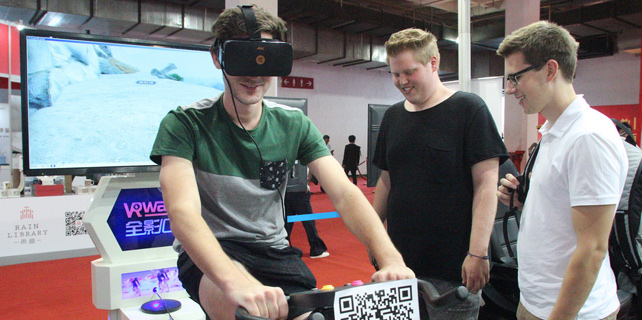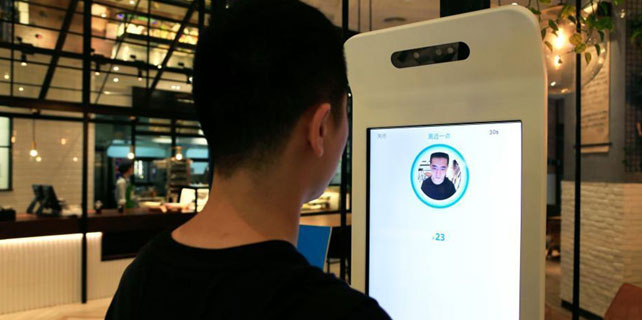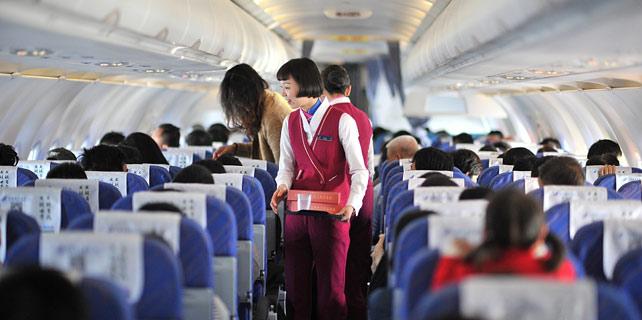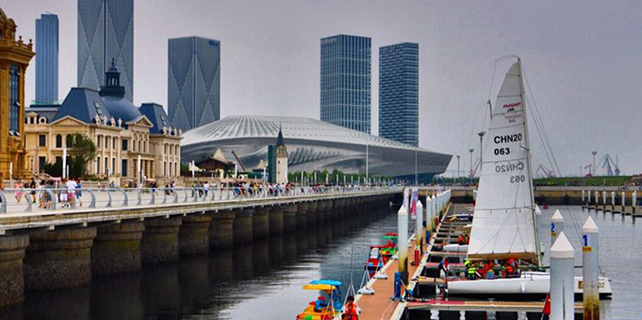Luoyang hopes to regain past glory with new museum
 |
|
The reconstruction of the Heavenly Hall and the Hall of Enlightenment is part of Luoyang's efforts to protect the city's Tang Dynasty (618-907) relics. [Photo/Xinhua] |
The museum will include technology such as 3-D and virtual reality to reproduce ancient scenes, Zhao says.
As one of the four great ancient capitals of China, along with Xi'an, Beijing and Nanjing, Luoyang has ambitions to attract more local and international recognition.
The city was at its peak during the Tang Dynasty (618-907), when imperial China's only female ruler, Wu Zetian, moved the capital there from Chang'an, as Xi'an was then known, during her reign (690-705).
Most of Luoyang's ancient architecture has been destroyed by wars and the progress of modern construction. But the local government is investing billions to restore the grandeur of what is believed to have been the world's most populous city during the Tang Dynasty.
The city government has allocated some 47 square kilometers of land in the city center, where cultural relics were found, for a plan to restore the architecture of the Sui (581-618) and Tang dynasties, says Li Ya, Party secretary of Luoyang.
A national-level cultural relics park, including a lavish reconstructed palace and pagoda built on ancient foundations, opened to the public in 2015. The imperial garden known as Jiuzhouchi is being reconstructed in one corner of the park.
Luoyang has a grand plan to restore architecture along the ancient axis line, including ramparts, gates, bridges and 103 residential complexes where renowned politicians and poets once lived.
The re-created Tang-style architecture acts as a "protective shed" in archaeological terms, built above the original foundations to avoid damage to relics.









